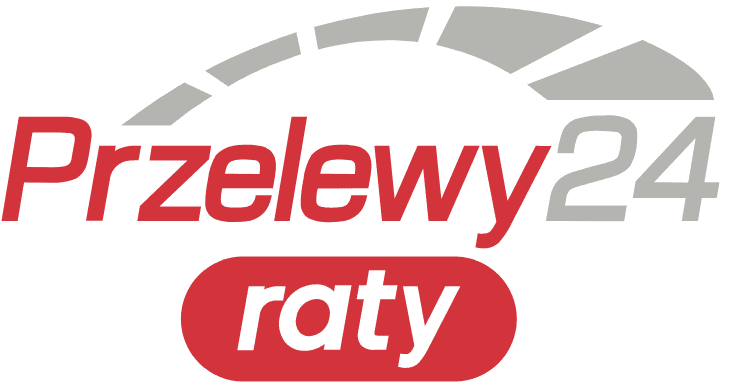Simatic S7-1200 Controller: A Beginner's Guide
Hello, PLC students! Today we are going to discuss one of the most important topics for all industrial automation enthusiasts - the Simatic S7-1200 controller. It is currently one of the most popular devices chosen by people starting their adventure with controller programming.
Brief characterisation of the controller
The Simatic S7-1200 controller appeared on the market in 2010 and has been constantly evolving since then. This compact controller is ideal for both simple, basic applications and more advanced projects.
Design and basic functions
When considering the design of this controller, it is worth noting that it is scalable according to the needs of the application. At the top we see units of different sizes, varying in the number of inputs, outputs and memory.
It is important to note that the S7-1200 controller has built-in inputs and outputs, making it ideal for programming basic and intermediate applications. It includes functions such as temperature control, speed control of drives or operation of frequency converters.
System development
One of the strengths of this controller is that it can be expanded through expansion modules. Although we will now focus on the use of the controller, there is an option for expansion through various modules to increase functionality.
Communications and Profinet network
The Simatic S7-1200 controller offers modern communication solutions. Thanks to the Profinet network, we can easily connect other devices for data exchange or object control. This is a significant improvement compared to previous generations, where additional cables or communication modules were required.
New developments in the third generation
It is worth noting that Simatic controllers are constantly being developed. We are currently using the third generation, which allows for easy updates by uploading new firmware. New functionalities are available through the operating system, giving users even more options in programming and process control.
Summary
For those starting out with PLCs, it is important to understand that any controller, even older generation ones, can cope with most basic applications. The Simatic S7-1200 is an excellent choice for those who want to gain experience in PLC programming.
-
Simatic S7-1200 controller:
- Popular with beginners.
- Compact but feature-rich.
- Popular with beginners.
-
Development and generations:
- It appeared in 2010.
- Currently third generation.
- Continuous development with new features.
- It appeared in 2010.
-
Key features:
- Scalable CPU units as required.
- Use of the virtual controller in the course.
- Simple design: communication modules, CPU, expansion modules.
- Large selection of expansion modules depending on the application.
- Scalable CPU units as required.
-
Communication:
- Use of profinet.
- Simple communication between the computer and the controller via a single cable.
- Possibility of connecting additional network devices.
- Use of profinet.
-
Technological features:
- Control of process facilities: temperature control, drive control.
- Expandable via memory cards (optional).
- Firmware update for new functionality.
- Control of process facilities: temperature control, drive control.
-
Comparison with other drivers:
-
Availability of different generations of controllers.
-
-
For beginners:
- Any driver for learning is sufficient.
- It is irrelevant to use the latest generation at the start.
- Getting started with a real unit or a virtual SIM PLC is enough.
- Any driver for learning is sufficient.
-
Summary:
- The S7-1200 controller perfect for simple to intermediate applications.
- Flexibility in the choice of CPU depending on needs.
- Simple communication and expansion, state-of-the-art functions through continuous development.
- The S7-1200 controller perfect for simple to intermediate applications.



